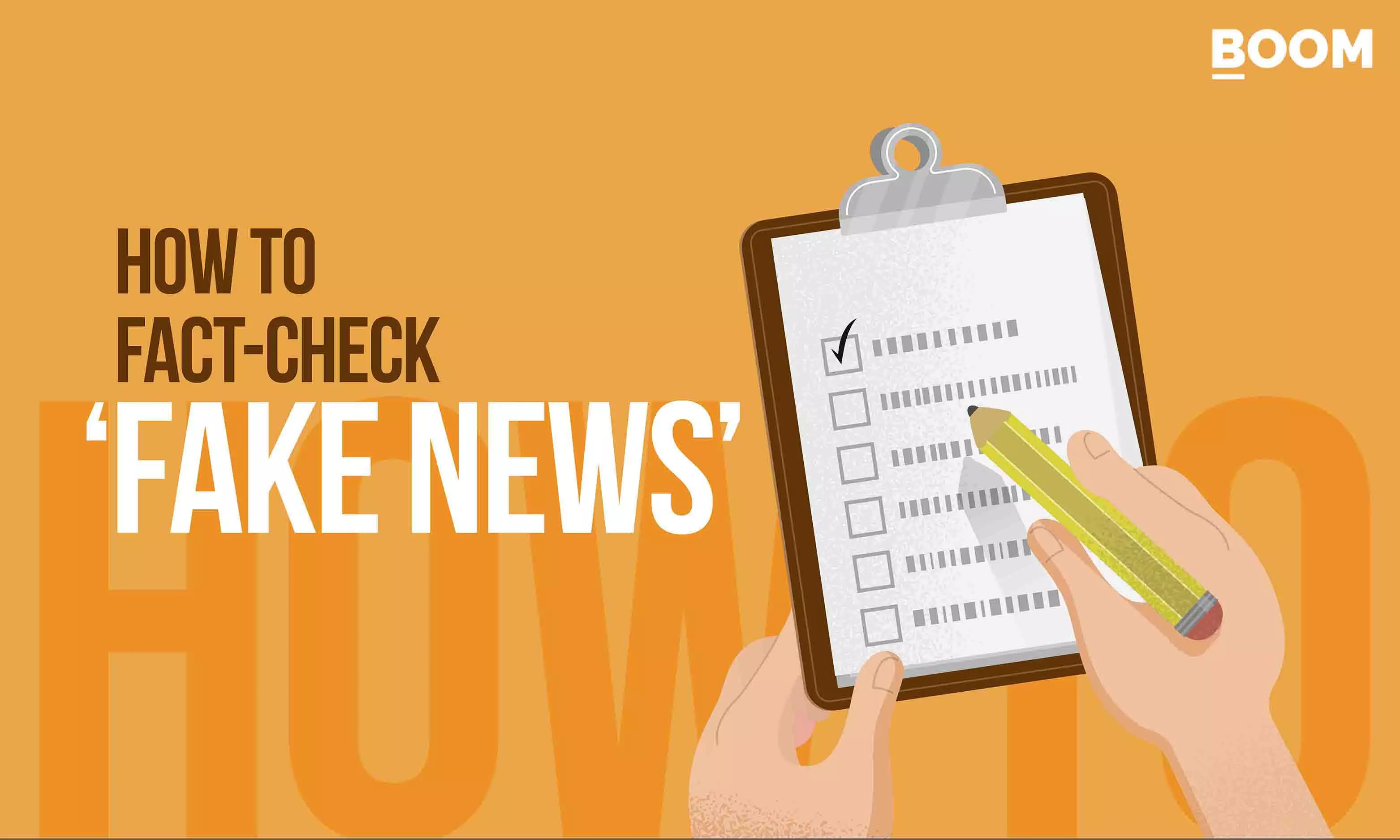By Divya Chandra
The internet’s great, but watch out. From misleading headlines to fake websites to cropped/morphed videos, navigating what’s real and what’s fake can be quite challenging. Here is BOOM’s quick guide to be smart and safe online. ‘Fake News’ Can:Make you believe lies. Make you form misinformed opinions. Spread rumours and misunderstandings. Trick you into sharing personal information or clicking links directing you to fake websites. Spotting Fake News: BOOM’s Toolkit! Pause and think: Is it unbelievable? It probably is. Check the source: Who posted it? Is it a trusted website? Look for an “About Us” page and be wary of weird website names. Find evidence: Are there links to reliable sources? Be skeptical if it’s just an opinion. Cross-check: Do other trusted news sites report the same thing? One odd website might be wrong. Trust primary source of information. Don’t stop at secondary sources. Remember, anyone and everyone can get it wrong. Look for bad grammar and spelling. Are they requesting for your passwords or bank information?Consider your own biases – be open to different views. Also Read:Don’t Get Fooled: Your Guide To Spotting Deepfakes & AI Voice Clones Free Online Fact-Checking Tools 1. Archiving What it does: It helps you save a social media post or any URL/link before it gets deleted or edited. In simple words, it’s like a screenshot but with a digital footprint. How to use it: There are multiple archiving websites like archive.is, wayback machine, ghost archive. You can copy-paste any URL that you want to archive and an archived version will be generated. You can also search for already existing archives generated by users across the world. Tip: Remember, a link is a must. You cannot archive keywords using these tools. They only save a particular URL/link. In order to search for already existing archives, you must have the original URL to track the link’s history.2. Google Lens/ Reverse Image Search What it does: It shows you where else that image has appeared online helping you find its original context, if it’s been used before, or if it’s an old hoax. How to use it: There are multiple way to perform a reverse image search with Google being one of the search engines. First method, right-click on the image if you’re on a desktop and select ‘Search image with Google’ or ‘Search Google for image.’ Another way is to go on Google’s website and click on the ‘camera’ icon in the search toolbar. You can upload the image there and it will show you search results that potentially have the same image or a similar one. On your mobile phone, you can use the Google Lens app and upload the image there. Tip: Go on ‘exact matches’ as it tends to show you links where the exact image has been used in the past. Also, Google is one of the search engines; you can also use Yandex, TinEye, Bing to perform a reverse image search.3. Fake News Debunker by InVID & WeVerify (Google Chrome plugin) What it does: It helps in verifying videos by dividing the video into multiple keyframes. These keyframes act as individual images which can then be reverse image searched using different search engines.How to use it: Install InVID verification plugin on your Google Chrome browser. Next, it will appear in the Extensions toolbar. Click on ‘Open Toolbar’ option and under ‘Videos’ tab, go to ‘Keyframes’. Upload the video that you want to verify. Once submitted, it will divide the video into several keyframes. Right-click on any of these keyframes and choose the search engine you want to conduct a reverse image search on. Tip: Since it’s a free tool, at times it takes longer than usual to divide the video into keyframes. In such situations, you can manually take screenshots of different frames of the video and perform a reverse image search. 4. Geolocation What it does: It helps you find out the location of a particular image or video. How to use it: Most commonly used tools are Google Maps and Google Earth. In a lot of fact-checks, we use these geolocation tools as the second or third step. First, we try to deduce the area/region by looking at the visual carefully. For example, if there are vehicles we check the number plates; or if there are police officers, you can see the insignia on their uniforms; or if there are any famous buildings/monuments you can find out where they’re located. If it’s a video, hear the audio properly to find out the language or dialect being spoken. If there are no visual clues, then we perform a reverse image search and try to get a hint of the location from there. Once we have some preliminary hint about the location, we switch to Google Maps or Google Earth and try to geolocate. Once you search on these tools, they usually show the top view. You can enter the street view by clicking on the ‘human-like’ icon and compare the viral visual with the street view of that particular location. Tip: Quite a lot of places outside India have street view available on these tools but…
